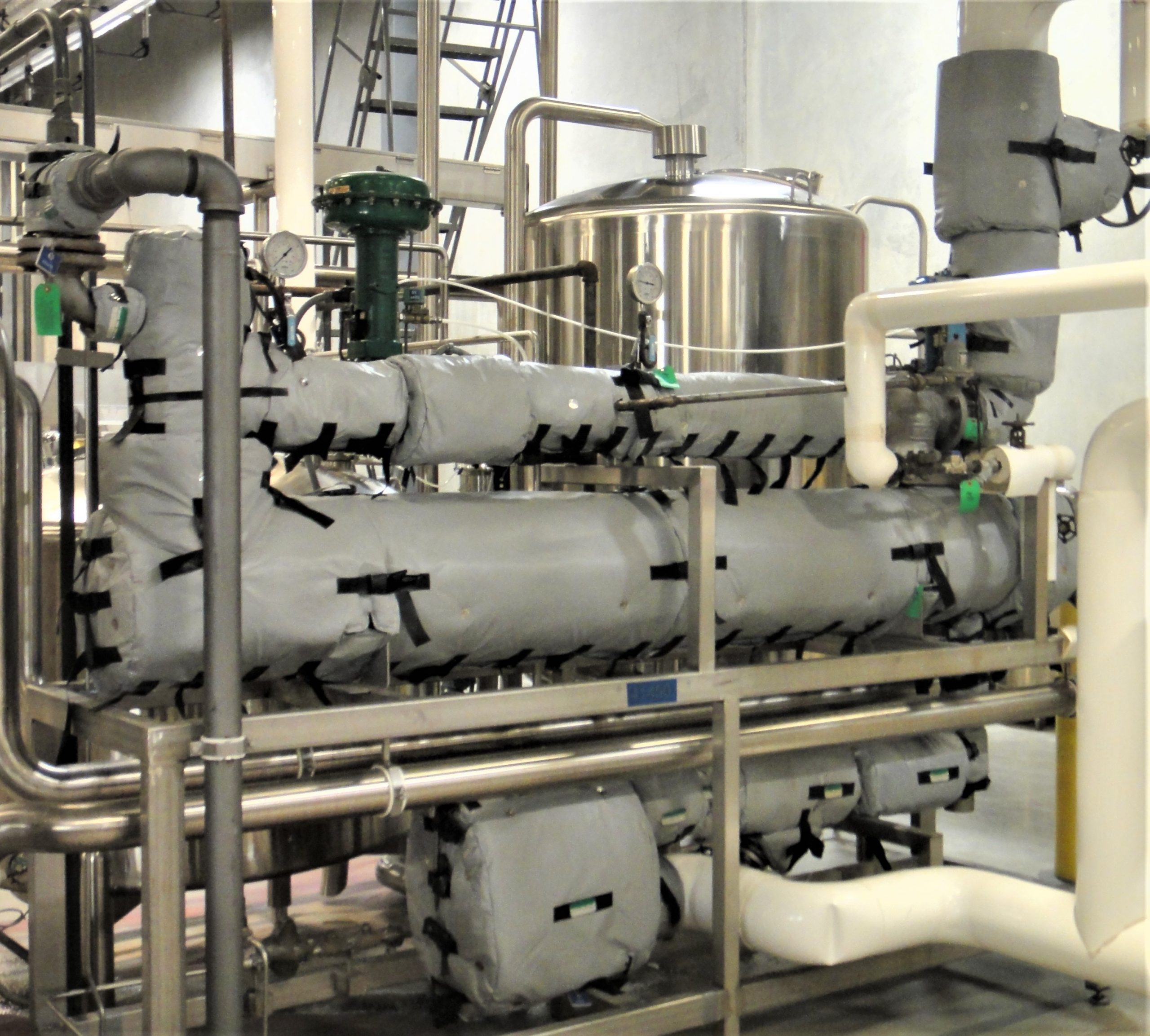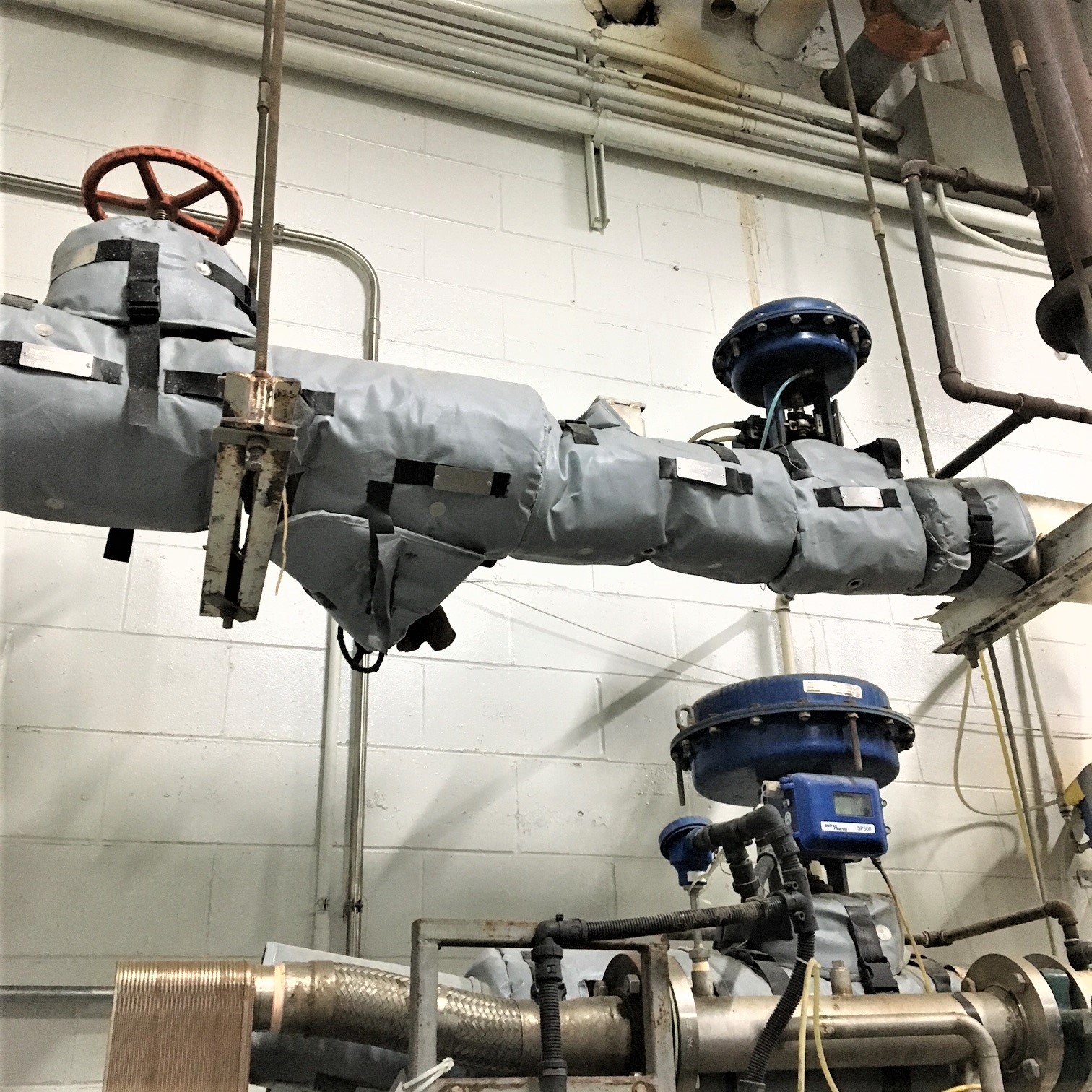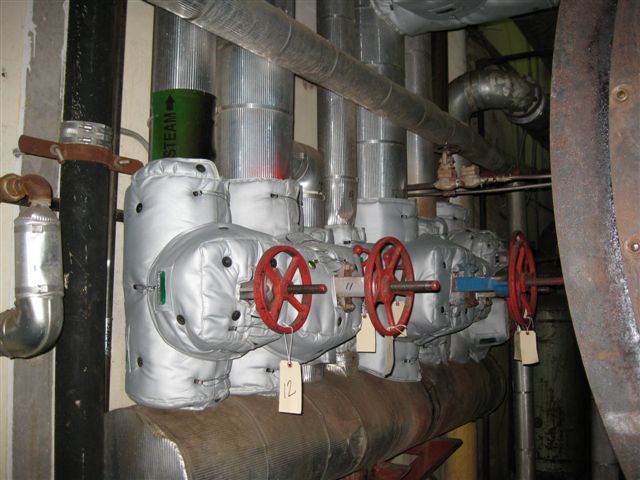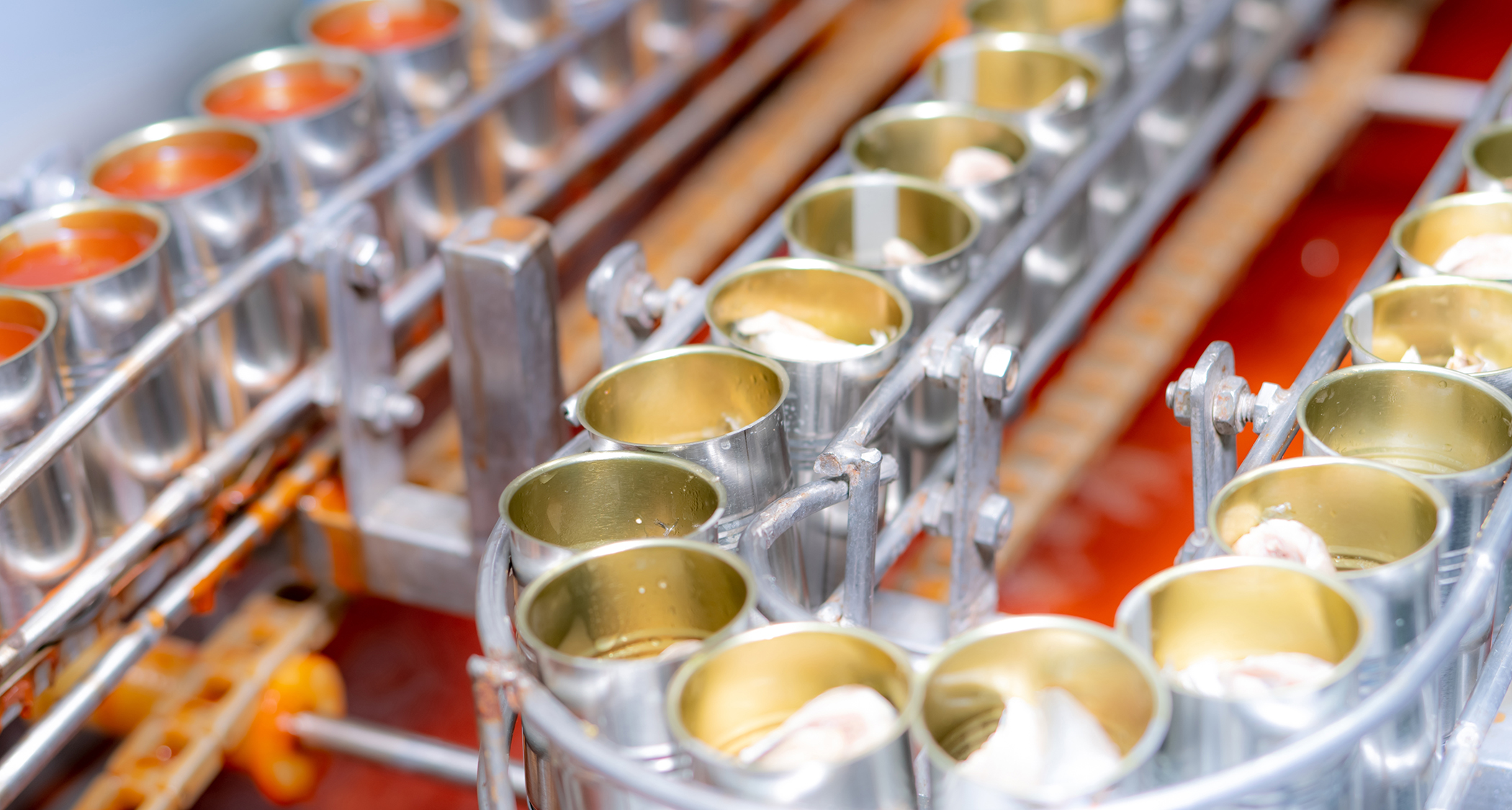What is Sustainable Food Production?
Here is one definition: Sustainable food production is “a method of production using processes and systems that are non-polluting, conserve non-renewable energy and natural resources, are economically efficient, are safe for workers, communities and consumers, and do not compromise the needs of future generations”. European Food Information Council (EUFIC)
According to Bureau Veritas, 4 areas food processors and manufacturers can work on to incorporate sustainability are:
- Source Ingredients Responsibly
2. Use Eco Friendly Packaging
3. Reduce Food Waste
4. Improve Energy & Water Efficiency
How Can Food Processors Use These to Incorporate Sustainability?
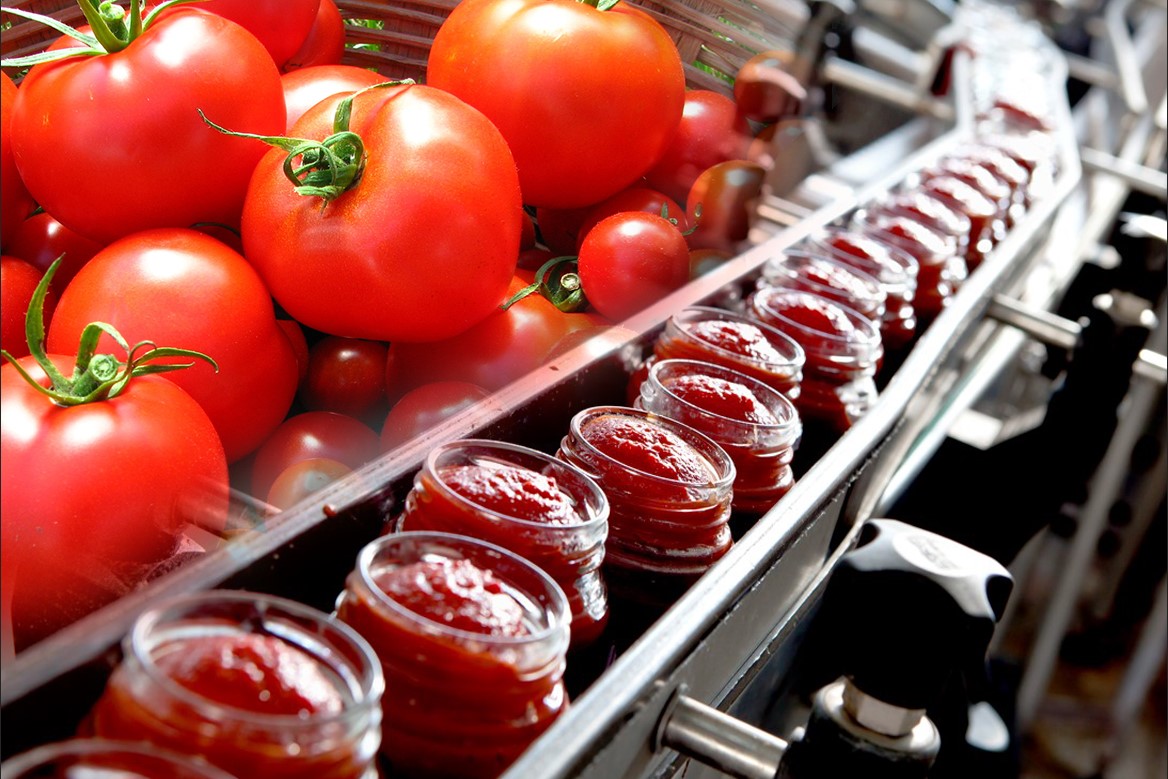
Using local ingredients is more sustainable because less energy is used for shipping & storage.
More consideration should be given to suppliers and to the products supplied as to impact on the people and communities who create the ingredients. Avoiding suppliers with poor working conditions, or production practices that harm the environment.
https://www.foodbusinessnews.net/articles/21410-sourcing-sustainable-ingredients
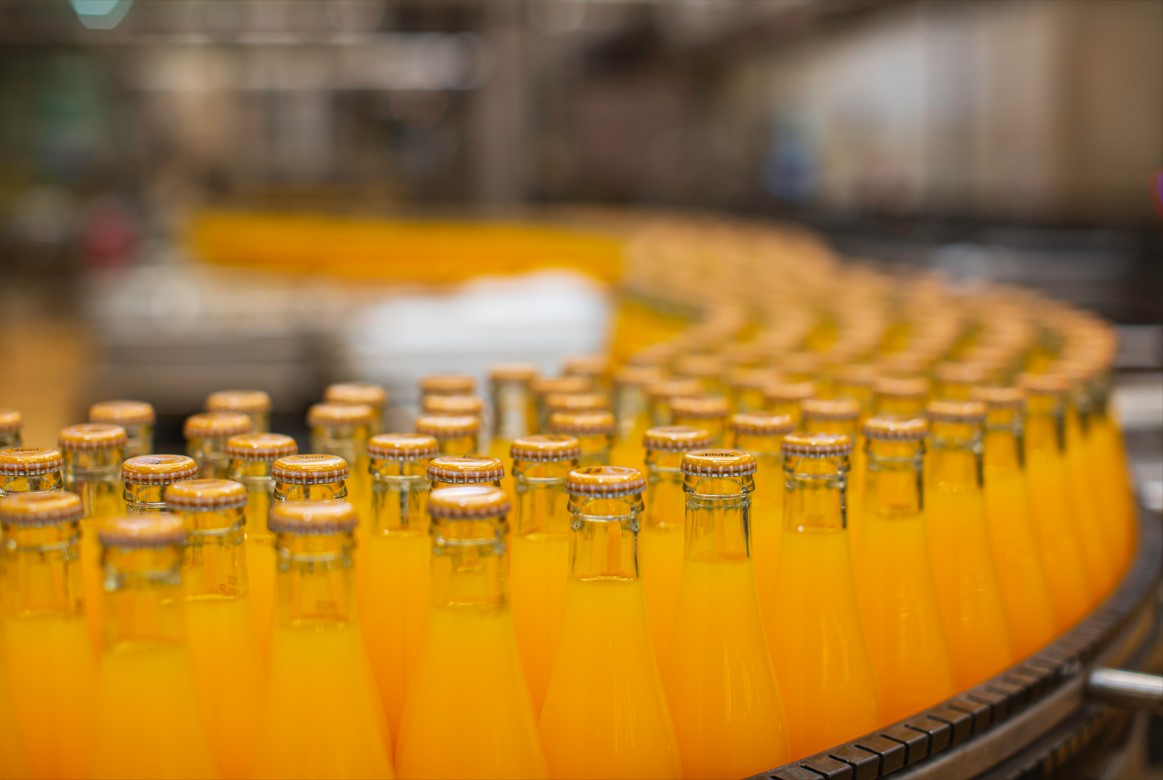
Since more food products are made for long shelf life/shelf-stable qualities, and for convenience of consumers to store and prepare, various packaging methods have been developed and used over the years. Companies can minimize the amount of packaging used in some cases or reduce energy use in the making of packaging to reduce environmental impact. Using packaging materials that are recyclable or compostable helps to reduce the amount of packaging in the waste stream. “Ideally, all packaging would be made from recycled material, be designed to be recyclable and we would have the means to recycle it easily wherever we are”(clearonplastics.com).
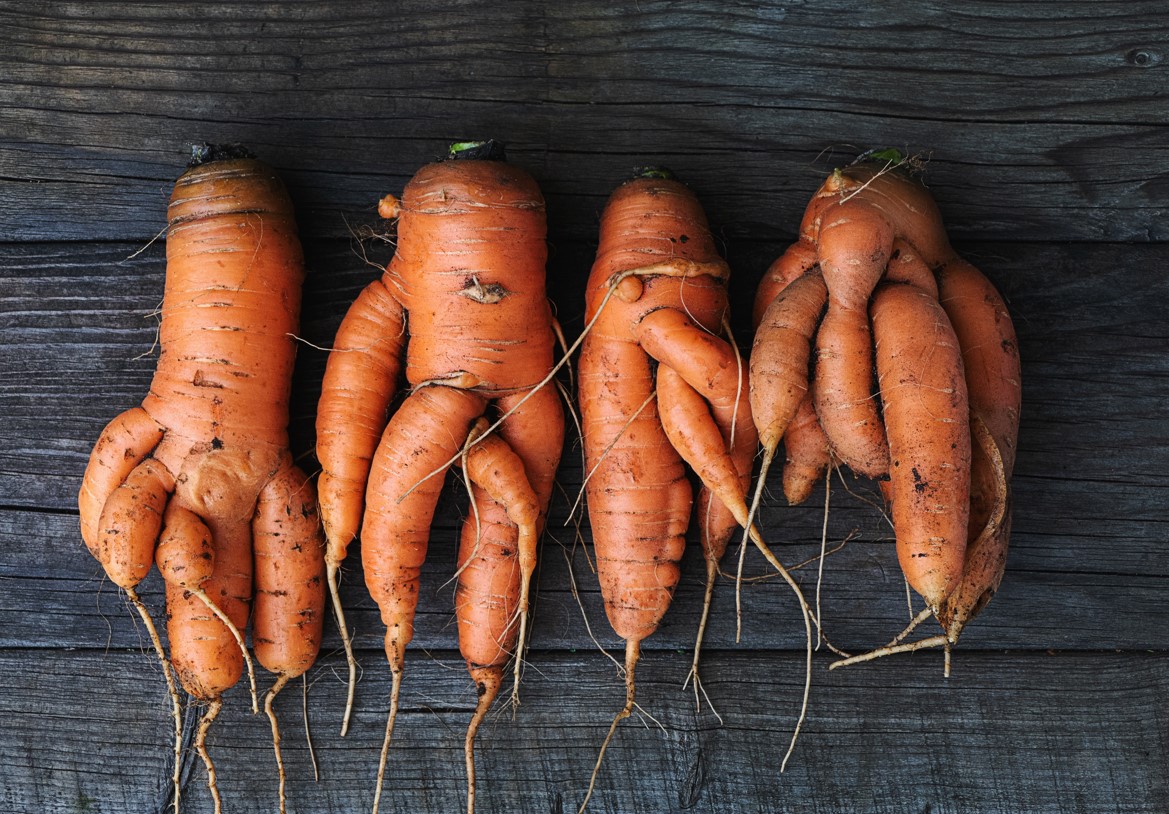
When fruits and vegetables are not the optimal size, shape or color, they are often removed from the processing line. These items can sometimes be donated to charities for distribution or used for processing into purees or juices. By-products of processing can be put to other uses. A chocolate company uses grape pulp and skins left over from wineries’ grape presses in their chocolate bars. Trimmings and other products can be used as animal feed. A malting facility that produces malted grain ingredients for craft breweries and distilleries takes the by-products from the grain cleaning and malting process( by-products such as rootlets and seeds that didn’t germinate) and provides these to chicken and pig farmers for animal feed. http://www.niagaramalt.com/sustainability.html
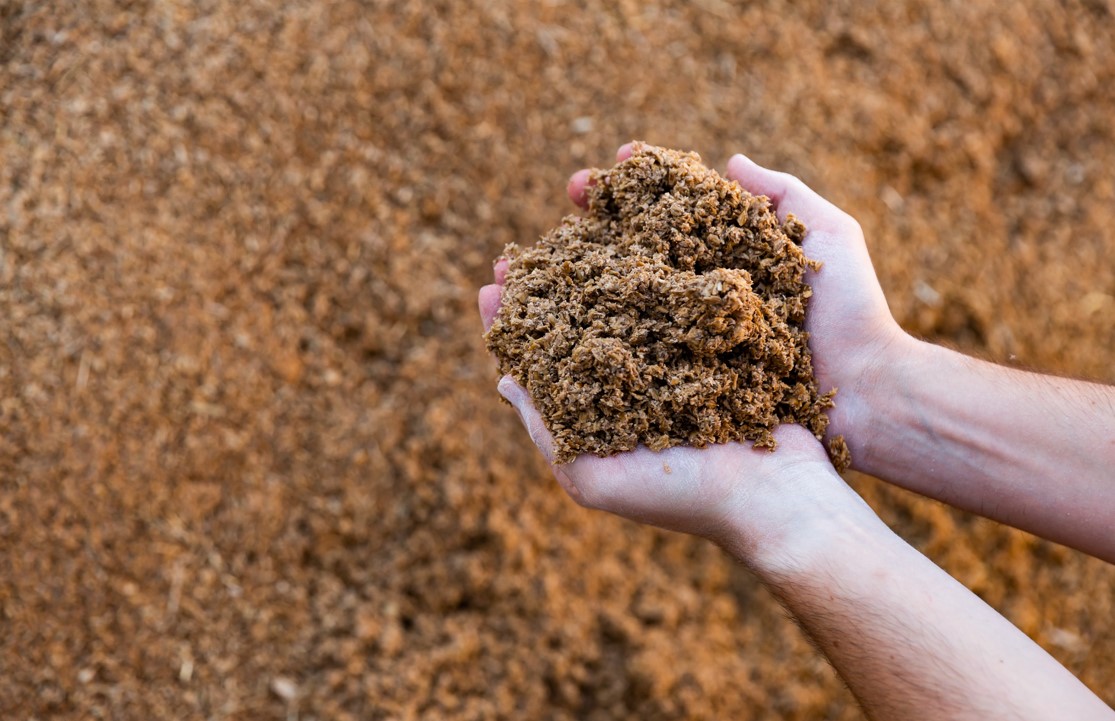
Food processing and manufacturing are both energy- and water-intensive. Processing and manufacturing are responsible for about 23% of the food industry’s overall energy expenditure in the United States. Water is used extensively in food processing, both as an ingredient, and in various industrial processes (e.g. cleaning, sanitizing, cooling, cooking).
Reducing energy and water consumption can be particularly challenging in the food processing and manufacturing sector – production demands and safety requirements must come first. However, significant improvements can be made by finding opportunities for greater efficiency. The implementation of energy efficiency and sustainable water management systems, for instance, can help identify and act on these opportunities.
